The unique climate of Yunnan, where the weather varies within short distances,
gives Pu'er tea its distinctive "one mountain, one flavor" and "ten mountains, ten flavors."
Different regions produce teas with entirely unique shapes, colors, aromas, and qualities.
Different tea offers different experiences,
but not all good teas are described by their "bitterness," "astringency," or "strength."
The "bitterness" of Pu'er tea
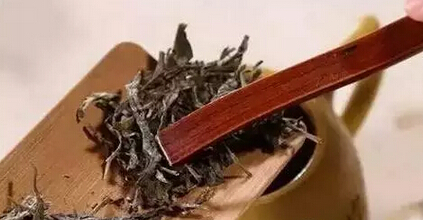
Bitterness comes in two forms: seasonal and regional. Spring tea is the best, offering fragrance, sweetness, or a lingering aftertaste. Summer tea, on the other hand, is the least desirable, often tasting as bitter as traditional medicine due to excessive rainfall. While the rain promotes larger tea leaves, it also intensifies the bitterness. In contrast, plants exposed to ample sunlight tend to be sweeter, a principle that applies to fruits and vegetables as well.
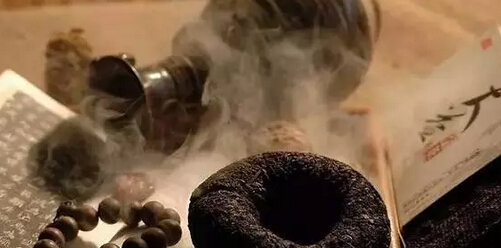
The second type is regional bitterness. The flavor of tea leaves largely depends on the soil and climate. As the saying goes, "Oranges grown south of the Huai River are sweet, while those grown north are bitter." Among the major Pu'er tea-producing regions—Lincang, Simao (now Pu'er City), and Xishuangbanna—some areas have climates and soils less suited for Pu'er tea cultivation, resulting in an unbearably bitter taste. Some mistakenly describe this bitterness as "strength," which can be misleading.
The "astringency" of Pu'er tea
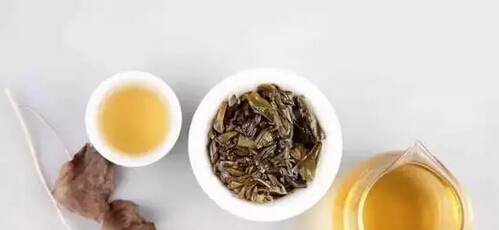
All raw Pu'er teas have an inherent astringency, a characteristic that cannot be eliminated. The intensity of this astringency varies by region and cannot be used as a criterion for judging quality.
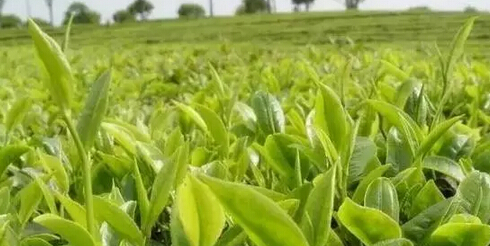
However, the astringency of terrace tea (recently cultivated in large-scale plantations with younger tea trees) tends to linger in the mouth and dissipate slowly. In contrast, the astringency of ancient tree tea or arbor tea (typically decades old or older) fades quickly, transforming into a sweet aftertaste.
The "strength" of Pu'er tea
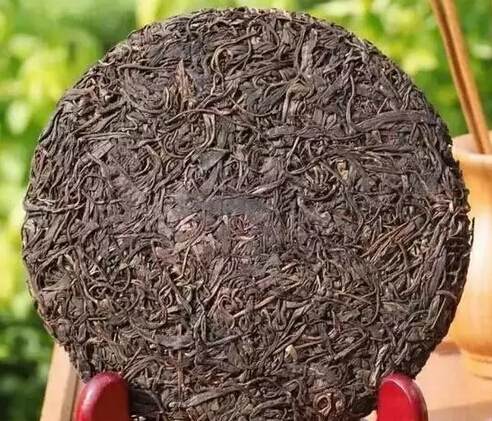
The strength of tea refers to its ability to instantly dominate the palate, filling every part of the mouth with its flavor. After drinking such tea, other teas may seem bland in comparison. Examples include the highly sought-after "Lao Ban Zhang" tea. Some describe this strength as "boldness."
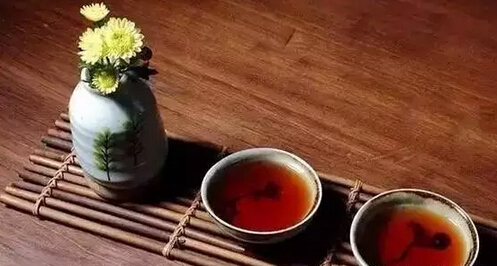
The bitterness, astringency, and strength of Pu'er tea are not the same. For instance, Lao Man'e is the most bitter, while Lao Ban Zhang and Bing Dao are currently popular, though their popularity may wane in the future. Therefore, it is incorrect to claim that Pu'er tea must be bitter or bold to be considered good.
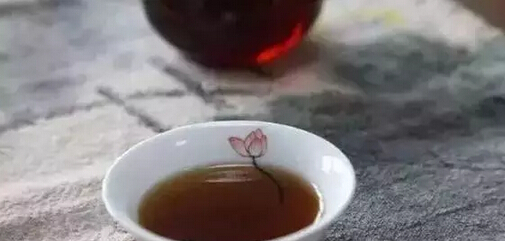
True boldness lies in the sensory experience—a profound and enduring sensation that lingers.